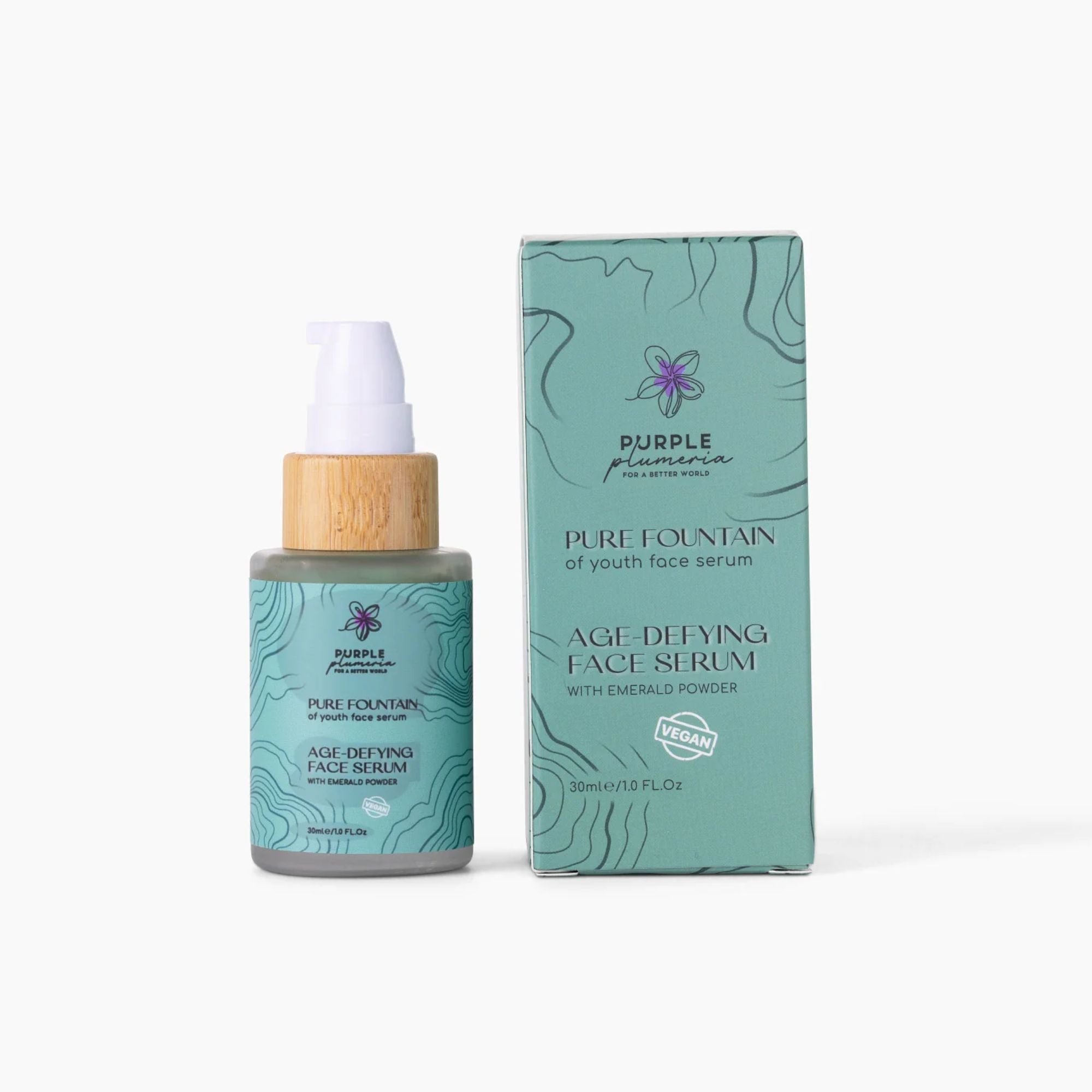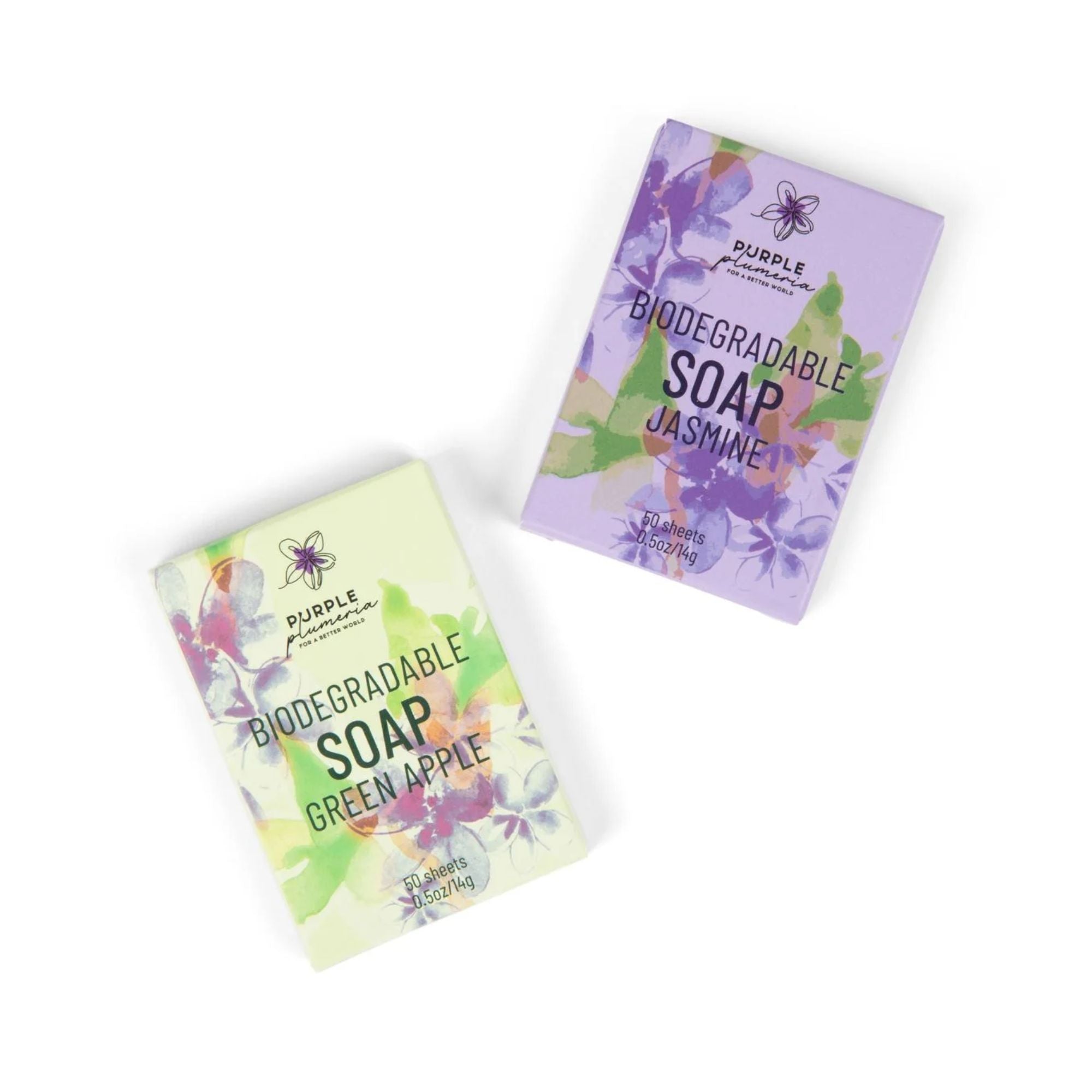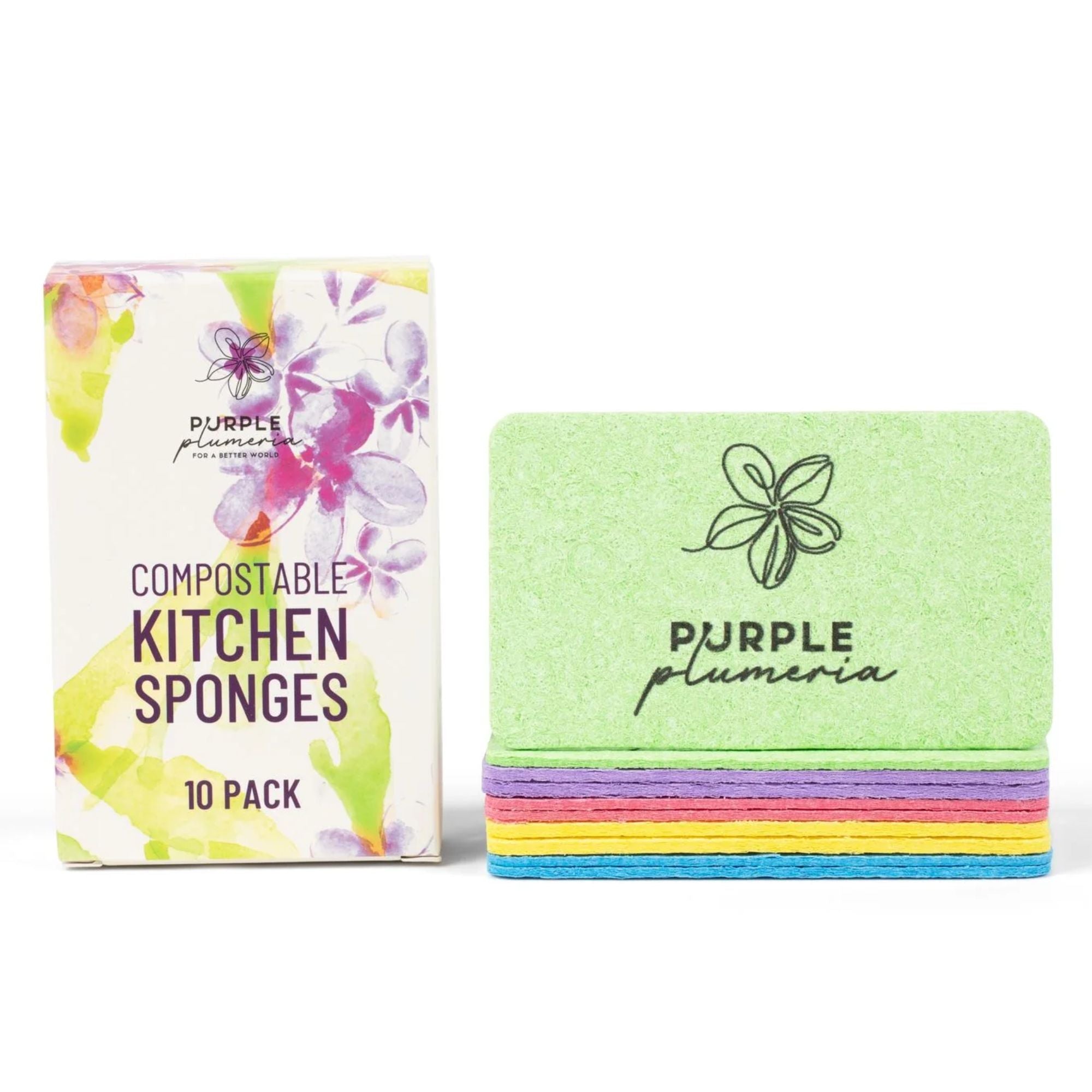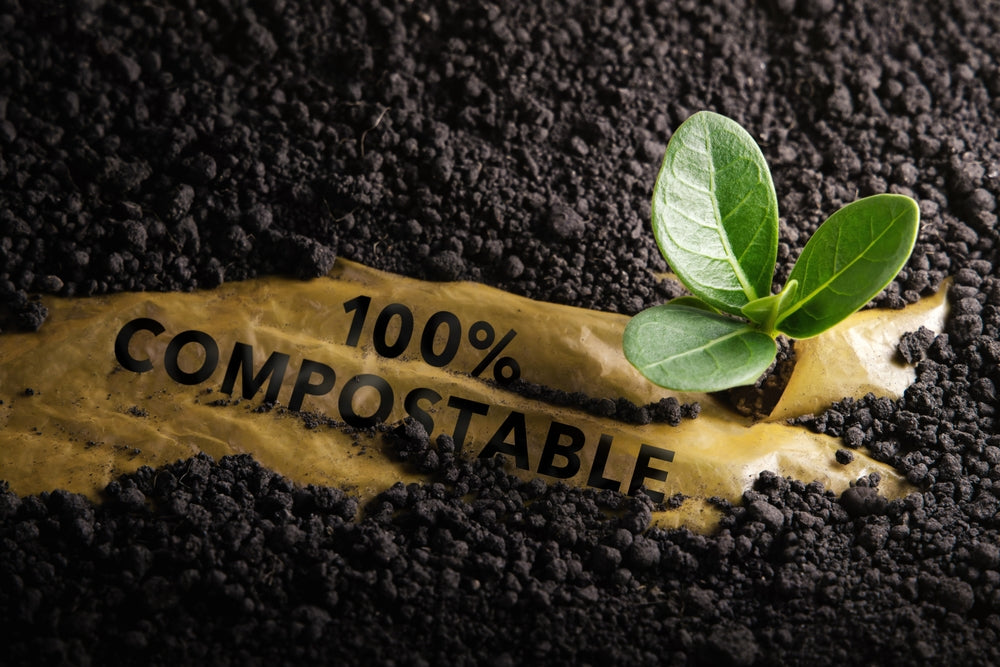Today, you face countless decisions about your products and how they affect the planet.
As eco-friendly options become more popular, terms like “biodegradable” and “compostable” often pop up. At first glance, they might seem interchangeable, but understanding their differences is crucial for making informed choices.
Let’s dive into what sets them apart and why it matters so you can reduce waste effectively and support a sustainable future.
Understanding Decomposition: The Core Difference
When you hear “biodegradable,” it generally refers to materials that break down naturally over time, thanks to microorganisms like bacteria and fungi.
This process can happen in any environment, but here’s the catch: the conditions aren’t always ideal. For example, a biodegradable plastic bottle might degrade quickly in a laboratory setting but could take decades in a landfill.

Compostable materials need specific conditions to break down, including controlled temperature, humidity, and oxygen. Ultimately, they become nutrient-rich compost to enrich the soil.
The key difference?
All compostable products are biodegradable, but not all biodegradable products are compostable.
Certification and Standards
You’ve probably seen products labeled “biodegradable” or “compostable” in stores, but not all claims are created equal. Compostable products have strict certifications, such as ASTM D6400 or EN 13432, ensuring they meet industry standards.
Another necessary certification is the AS5810 certification. It is a recognized standard for home compostable products, ensuring they break down effectively in a home composting environment. Products with this certification decompose within natural conditions, leaving no toxic residues and contributing to nutrient-rich compost.
These certifications guarantee that the item will break down within a specific timeframe in industrial composting facilities or home composts.
Biodegradable, however, is a broader term with fewer regulations. A company might market a product as biodegradable without proof it decomposes efficiently or entirely in real-world conditions.
This lack of oversight can lead to greenwashing, where products are sold as eco-friendly without genuine benefits.
You must check labels and opt for verified compostable products when possible.
Environmental Impact of Biodegradable Materials
Biodegradable materials sound like the perfect solution, but they have limitations.
While they reduce landfill waste, they often don’t break down fully in anaerobic (oxygen-free) environments like landfills. This can release methane, a potent greenhouse gas, negating the environmental benefits.
Still, biodegradable products are better than traditional plastics when used and disposed of properly.
Environmental Impact of Compostable Materials
Compostable materials offer an exciting solution for waste management, especially when paired with proper composting infrastructure.
Items like food packaging or compostable utensils break into organic matter, enriching the soil and closing the loop on waste.
However, compostable products require access to industrial composting facilities, which not all communities have. If you toss a compostable coffee cup into your backyard compost, it might not degrade as promised.
Familiarizing yourself with local waste management options is essential to maximizing their benefits.
Practical Considerations for Consumers and Businesses
Choosing between biodegradable and compostable is about more than just what sounds better. You must consider how the item will be used and disposed of.
For businesses, this means understanding customer expectations and local waste management capabilities. For instance, compostable food packaging makes sense if a city has composting facilities.
As consumers, we should evaluate a product's entire lifecycle. Can we quickly dispose of it in a way that aligns with its design? If not, consider alternatives like reusable or recyclable options. When in doubt, support brands offering clearly labeled, eco-friendly solutions.
If you don't have any composting facilities nearby, finding home compostable products can make a big difference without relying on local infrastructure.
Home Composting for Everyday Sustainability
Home composting is a practical and impactful way to reduce household waste while supporting a healthier environment. Unlike industrial composting, home composting allows you to break down organic materials and certain compostable products right in your backyard or compost bin.
Home compostable products, such as cling wraps, trash bags, and resealable bags, can significantly reduce plastic waste that would otherwise end up in landfills.
Incorporating home composting into your daily routine minimizes your carbon footprint and enriches the soil. This creates a sustainable cycle that benefits both your home and the planet.
The Role of Policy and Infrastructure
While individuals can make a difference, policy and infrastructure are crucial to the success of biodegradable and compostable materials.
In some regions, composting facilities are widespread, and waste sorting is mandatory, ensuring compostable items are processed correctly. These systems are necessary for these products to end up in landfills in other areas, where they might decompose differently than intended.

Advocating for better waste management policies and infrastructure is crucial to unlocking the full potential of these materials.
As you make your choices, remember that personal efforts are essential to systemic change. Using eco-friendly products supports sustainable practices and sends a message to businesses to prioritize eco-friendly innovation.
Future Trends in Sustainable Materials
The future of sustainable materials is bright, with innovations addressing the limitations of biodegradable and compostable products.
Researchers are developing materials that decompose in various environments and technologies to improve waste sorting and processing efficiency. More explicit labeling is also on the horizon, helping consumers distinguish between eco-friendly options and greenwashed products and make informed decisions.
Beyond biodegradable and compostable, the focus is shifting to a circular economy where products are designed for reuse, repair, and recycling.
By staying informed and supporting forward-thinking brands, you can contribute to this sustainable movement.
Conclusion
Regarding “biodegradable vs compostable,” knowing the differences empowers you to make better choices for the planet.
Both options have unique advantages and limitations, but their effectiveness depends on proper disposal and infrastructure. If you have options in your region, keep pursuing both ideas.
Even the most minor steps in the right direction can make a difference, especially if we all take them.
Supporting sustainable practices and products reduces waste and creates a better future.
Choose Sustainable Solutions Today
Ready to make a positive impact?
Explore Purple Plumeria’s wide range of eco-friendly bath and kitchen products. Whether upgrading your kitchen or pampering yourself, you’ll find options aligning with your commitment to sustainability.
Visit Purple Plumeria and start your journey to a greener lifestyle today!







